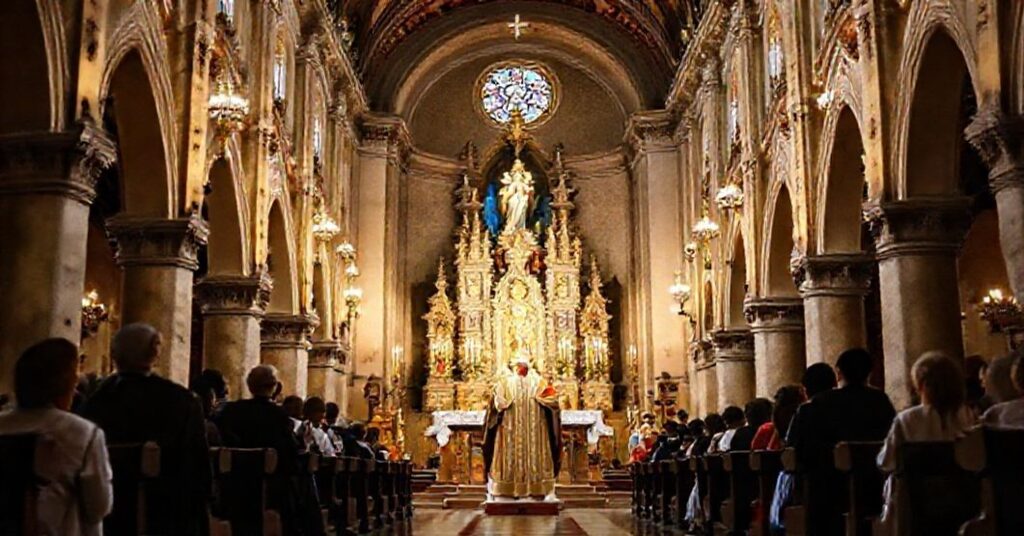Monumentum pietatis (1960.04.29)
The document attributed to John XXIII, under the title “Monumentum pietatis,” is a brief act granting the Cathedral of Trani the title and juridical status of a minor basilica. It extols the historical, artistic, and devotional significance of the temple—particularly its architecture and the cult of Saint Nicholas the Pilgrim—and then, invoking “Apostolic” authority, formally elevates the cathedral, attaching to it the rights and privileges traditionally belonging to minor basilicas.










